The Rich History of Kanchipuram Silk Sarees: From Tradition to Timeless Elegance
Kanchipuram, often hailed as the "Silk City of India," boasts a legacy intertwined with the luxurious threads of silk sarees. Renowned for their rich textures, vibrant colors, and intricate patterns, Kanchipuram silk sarees are not just garments but heirlooms passed down through generations. This blog explores the captivating history and evolution of these exquisite sarees from their origins to their contemporary prominence.
Origins of Silk Production in Kanchi
The story of Kanchipuram silk sarees begins in the ancient city of Kanchi, now known as Kanchipuram. Nestled in the Indian state of Tamil Nadu, Kanchipuram has been a center of culture and learning since time immemorial. The introduction of silk weaving to this historic city is believed to have occurred around the 3rd century BCE, influenced by the flourishing trade routes that connected India to China and other parts of Asia.
The initial inspiration for Kanchipuram silk sarees came from the intricate silk weaving techniques brought to the region by the Shaliyan weavers. These weavers, originally from the city of Saurashtra, migrated to Kanchi, bringing with them their expertise in silk weaving. The blend of local traditions and external influences laid the foundation for what would become a distinctive style of silk saree.
Development Through the Ages
The true evolution of Kanchipuram silk sarees can be traced back to the Pallava dynasty, which ruled between the 4th and 9th centuries. The Pallava kings, known for their patronage of arts and crafts, greatly encouraged silk weaving. Under their reign, Kanchipuram emerged as a significant weaving center, with the sarees gaining a reputation for their durability and intricate designs.
The Chola period (9th to 13th centuries) further cemented Kanchipuram's status as a hub of silk weaving. The Cholas were ardent patrons of temple arts, and the intricate patterns and motifs of Kanchipuram sarees often drew inspiration from temple architecture and sculptures. This era saw the introduction of vibrant colors and the use of pure mulberry silk, which became a hallmark of Kanchipuram sarees.
The Vijayanagara empire (14th to 17th centuries) witnessed the zenith of Kanchipuram silk saree production. The Vijayanagara kings, particularly Krishna Deva Raya, lavished attention on the weavers, providing them with royal patronage and resources. During this period, the art of weaving intricate zari (gold and silver threads) into the silk fabric became highly refined, giving rise to the opulent sarees we recognize today.
Cultural and Religious Significance
Kanchipuram silk sarees hold immense cultural and religious significance in South India. They are an integral part of various ceremonies and rituals, symbolizing purity, prosperity, and tradition. These sarees are particularly cherished during weddings, where the bride often dons a richly woven Kanchipuram saree as a symbol of auspiciousness and heritage.
The sarees also play a vital role in religious festivals, adorning deities in temples and being worn by devotees during special occasions. The motifs and designs on the sarees often depict mythological stories, temple architecture, and symbols of nature, reflecting the deep connection between the saree and the spiritual life of the region.
The Weaving Process
The creation of a Kanchipuram silk saree is a labor-intensive process that involves meticulous craftsmanship. Each saree is a testament to the skill and dedication of the weavers, often taking several weeks to complete. The process begins with the selection of the finest mulberry silk threads, which are then dyed in vibrant colors.
The dyed threads are meticulously woven on handlooms by skilled artisans, with each saree typically requiring two weavers working in tandem. The body of the saree and the pallu (decorative end piece) are often woven separately and then joined together with a technique known as korvai. This method ensures the durability and strength of the saree.
Intricate patterns and motifs are created using zari threads, which are made of pure silver or gold-plated copper. The use of zari adds a shimmering elegance to the sarees, making them suitable for grand occasions. Traditional designs include depictions of peacocks, flowers, and temple borders, each with its unique symbolism.
Modern-Day Kanchipuram Silk Sarees
In contemporary times, Kanchipuram silk sarees continue to evolve, adapting to modern fashion trends while preserving traditional techniques. Designers experiment with new color combinations, patterns, and lightweight versions of the sarees to cater to a broader audience. Despite these innovations, the essence of the Kanchipuram saree remains rooted in its rich heritage.
The global market for Kanchipuram silk sarees has expanded significantly, with these sarees being highly sought after by connoisseurs of traditional Indian attire worldwide. The Indian government and various cultural organizations have taken steps to protect and promote the craft, ensuring that the legacy of Kanchipuram silk weaving endures.
Notable Designs and Patterns
Kanchipuram silk sarees are renowned for their distinctive designs and patterns, each carrying a story of its own. Some of the most popular motifs include:- Mayilkan (Peacock Eye): Symbolizing beauty and grace.
- Rudraksham: Representing spirituality and devotion.
- Gopuram: Inspired by temple towers, reflecting the architectural heritage.
- Kuyilkan (Cuckoo's Eye): Signifying auspiciousness and good fortune.
Color combinations in Kanchipuram sarees are often vibrant and contrasting, adding to their visual appeal. Traditional colors like rich reds, royal blues, and deep greens are favored, each chosen for its cultural significance.

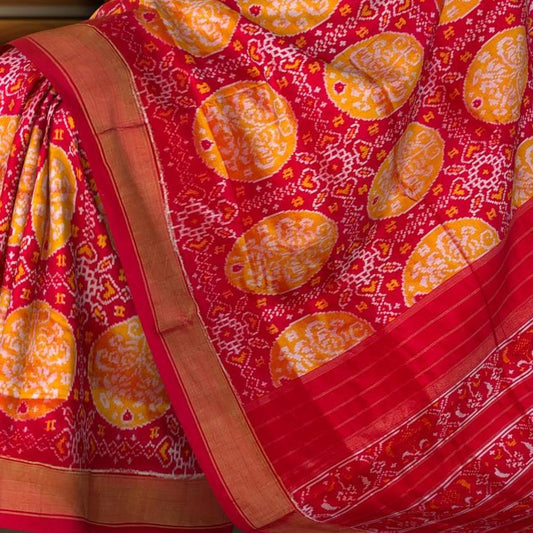
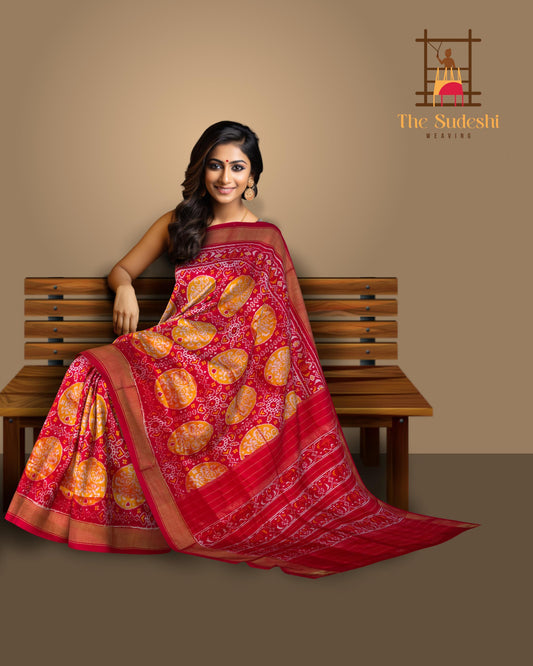
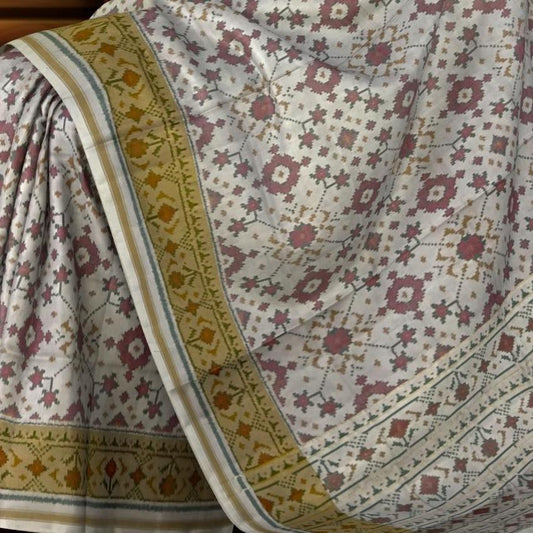
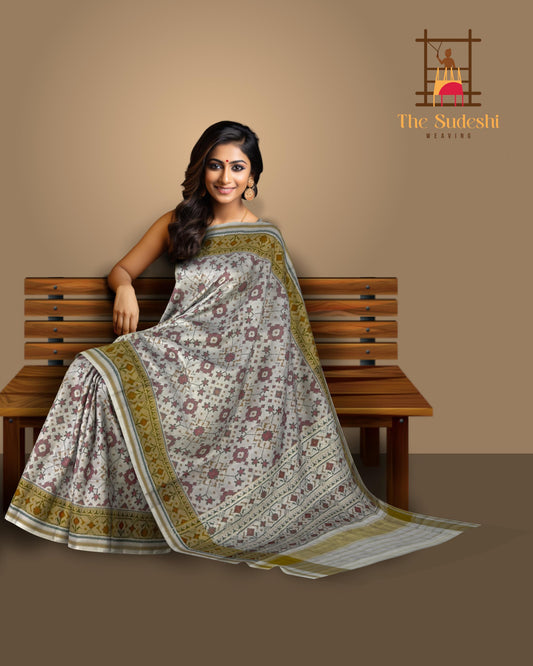
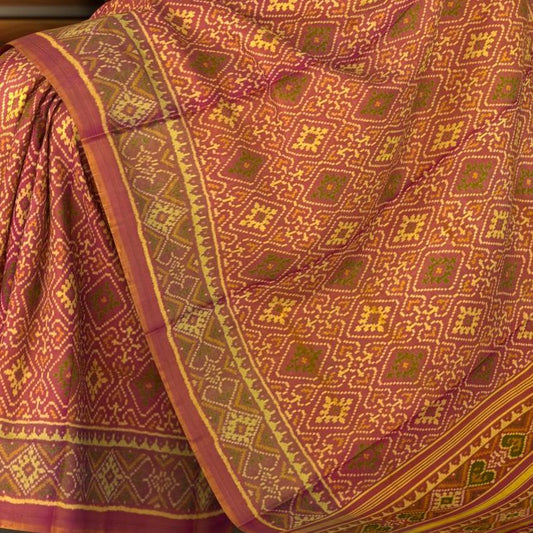
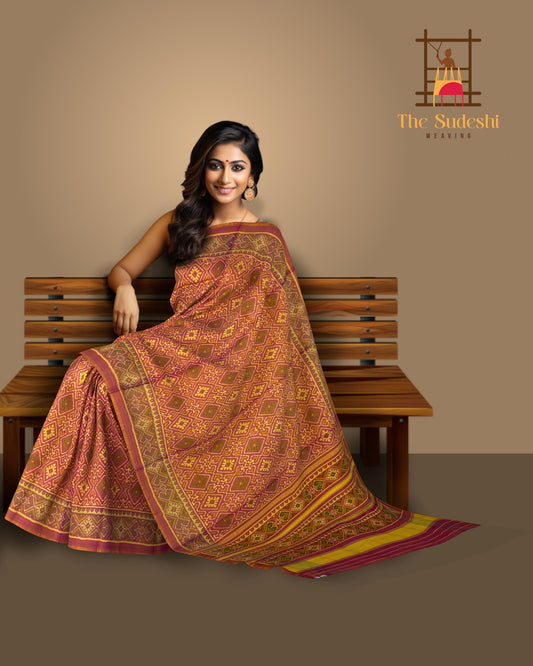
Leave a comment
Please note, comments need to be approved before they are published.